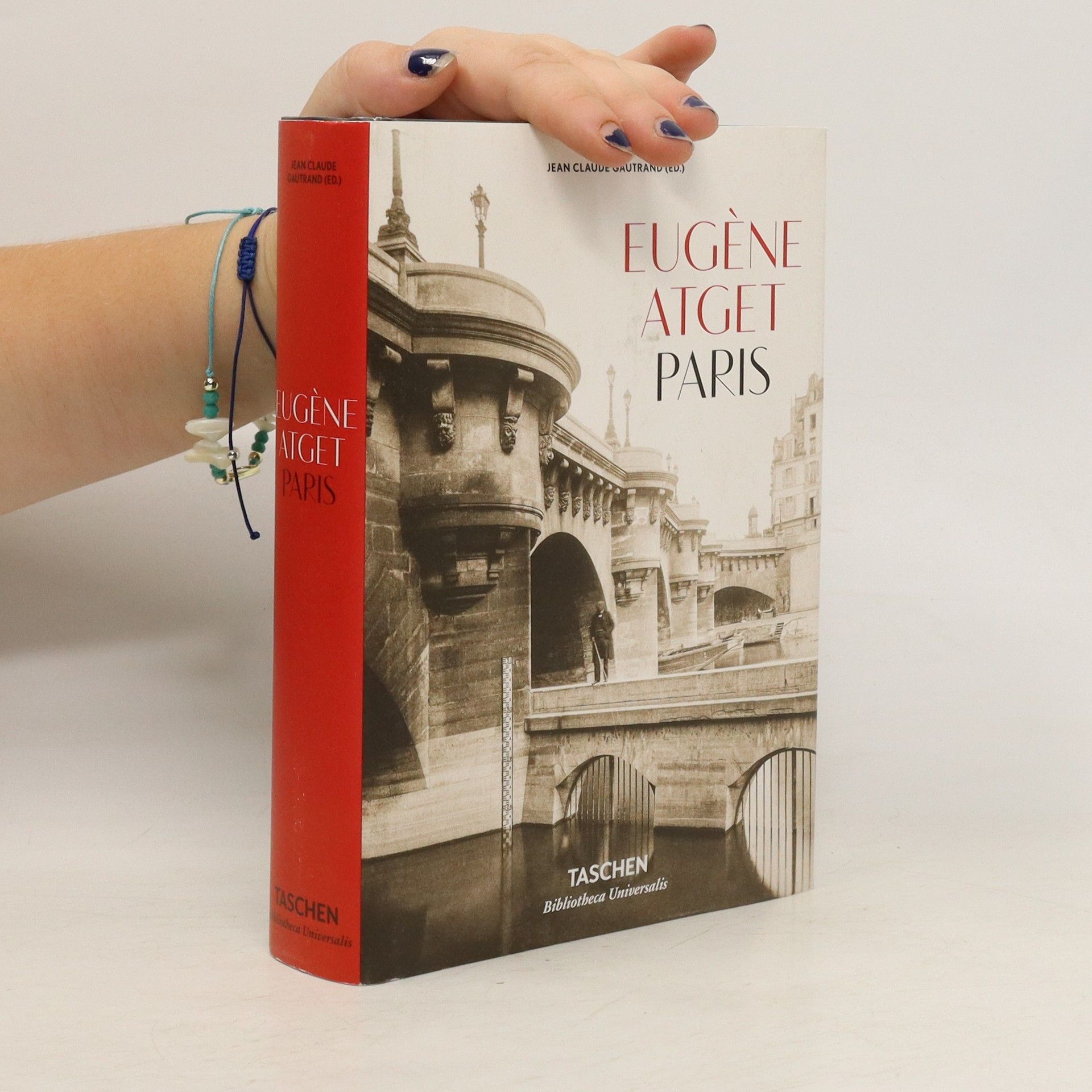Dresden in Photographien des 19. Jahrhunderts
Erweiterte Neuausgabe mit Stadtplan, Straßenregister und Biographien aller Photographen




Erweiterte Neuausgabe mit Stadtplan, Straßenregister und Biographien aller Photographen
Als Eugène Atget (1857–1927) mit einer schweren Plattenkamera durch Paris zog, war ihm bewusst, dass er eine verschwindende Welt dokumentierte. Er fotografierte kleine Gewerbetreibende, Prostituierte, Gassen, Hinterhöfe und architektonische Details, um eine umfassende Fotodokumentation seiner Wahlheimat zu schaffen. Während seine Bilder auch als Souvenirs oder Vorlagen für Maler wie George Braque und André Derain dienten, verstand sich Atget als Stadtarchäologe. Zu Lebzeiten blieb er weitgehend unbekannt, da seine präzise, dokumentarische Fotografie im Gegensatz zum bevorzugten malerischen Weichzeichnerstil seiner Zeit stand. In den 1920er-Jahren entdeckte die Dada- und Surrealismus-Bewegung, angeführt von Man Ray, seine Arbeiten. Vier seiner Bilder wurden im Surrealistenblatt La Révolution surréaliste veröffentlicht, und Man Ray sowie andere Künstler erwarben seine Aufnahmen. Atget erlangte posthum größere Bekanntheit durch Artikel und eine Monografie von Berenice Abbott, die ihn kurz vor seinem Tod über Man Ray kennengelernt hatte. Sein Einfluss ist bis heute spürbar, und er gilt als eine der Größen der frühen Fotokunst. Rund 500 seiner Fotografien sind in diesem Band versammelt, und seine Platten werden in Institutionen wie der Bibliothèque Nationale in Paris und dem Museum of Modern Art in New York aufbewahrt.
Unraveling the mystery of Eugene Atget's life and work (1857-1927) is easier said than done. Now considered to be one of history's most important photographers, Atget (1857-1927) was relatively unknown until well after his death. We know that he made his living selling his prints, mainly to architects, artists, and institutions, but his categorical, obsessive method of photographing Paris street by street (doorknob by doorknob in some cases) lacks clear explanation.Atget wrote in 1920, "I may say that I have in my possession all of Old Paris". Indeed, he knew the city like the back of his hand and had the pictures to prove it. He captured the historical, atmospheric Paris: churches, monuments, and buildings, as well as bars, shop windows, street-peddlers, and prostitutes. Traversing all of its layers, he immortalized the true spirit of Old Paris.Why did he choose to spend his life roaming the streets with his heavy camera equipment, systematically cataloguing everything Parisian? The answer, if it can be discovered, must be found in the pictures themselves. Whether he intended to or not, Atget has left us with an impeccable record of turn-of-the-century Paris, not to mention a huge collection of stunningly beautiful photographs. This new book features 200 of Atget's most impressive images, many of which have rarely been seen before. Take a trip back in time and immerse yourself in Atget's Paris.